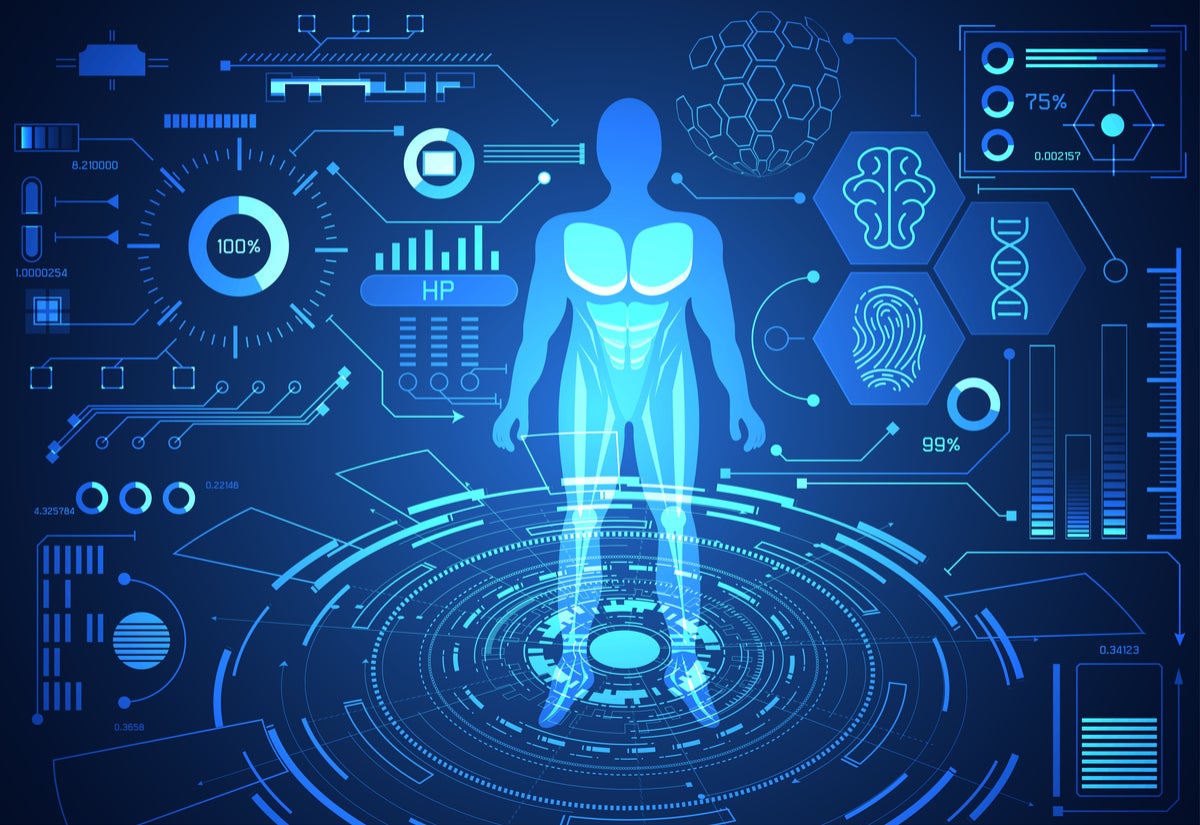
Around 47,200 people in the UK get diagnosed with lung cancer every year, making it one of the most common types of cancer. It also has a high mortality rate, due to the fact that symptoms are often only noticed once the cancer is at an advanced stage.
The use of artificial intelligence has already shown potential in the diagnosis of other types of cancer, with a study from Nature indicating that an algorithm could be more accurate than human radiologists in detecting breast cancer from mammograms.
Researchers at Draper, the MIT spin-off engineering lab, have developed a new way of using artificial intelligence and deep learning to improve lung cancer diagnosis.
Researchers designed a “computer-aided detection and diagnosis system” to be used in lung cancer screening.
Using AI for lung cancer diagnosis
Typically, radiologists may use AI to aid them in looking through CT scan images, but it is often unclear how accurate these findings are.
Dr Andrew Berlin, who worked on the project, explained:
How well do you really know your competitors?
Access the most comprehensive Company Profiles on the market, powered by GlobalData. Save hours of research. Gain competitive edge.

Thank you!
Your download email will arrive shortly
Not ready to buy yet? Download a free sample
We are confident about the unique quality of our Company Profiles. However, we want you to make the most beneficial decision for your business, so we offer a free sample that you can download by submitting the below form
By GlobalData“Draper is developing a way to use AI and deep learning to improve detection and diagnosis of lung cancer by creating AI systems that work in concert with radiologists to focus attention on difficult-to-find lesions that otherwise might be missed.
“While today’s AI software is often able to identify suspicious findings on images, systems that provide a confidence estimate in their conclusions are very rare. This leaves the physicians uncertain when to trust the software—is it certain that a lesion is suspicious, or is it unclear and the software is just making its best guess.”
Not only does the new system us a a 3D convolutional neural network to help identify suspicious regions on CT scans that may indicate lung cancer, it also the confidence levels of the findings.
Rebecca Russell, a machine learning scientist at Draper said:
“This is the first system to provide not just a diagnosis, but also a measure of confidence in that diagnosis. The measure of confidence has been statistically validated.”
In the future, the authors would like to develop a visual data display to assist radiologists in understanding and interpreting the results.
Read more:Health tech company SOPHiA GENETICS raises $77m to fund data-driven diagnosis push.







